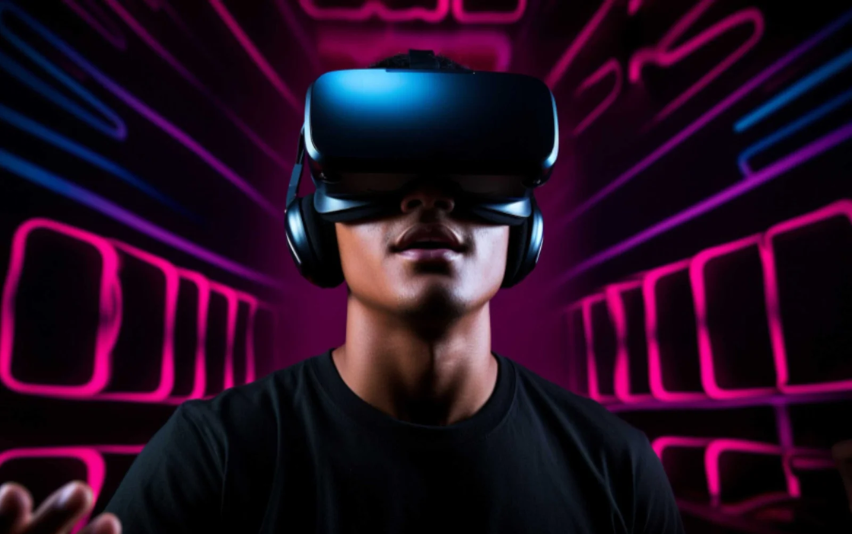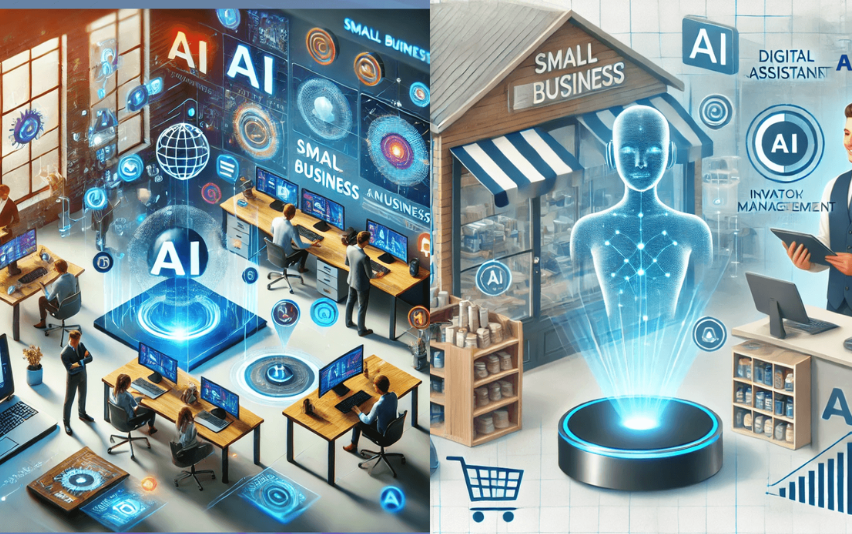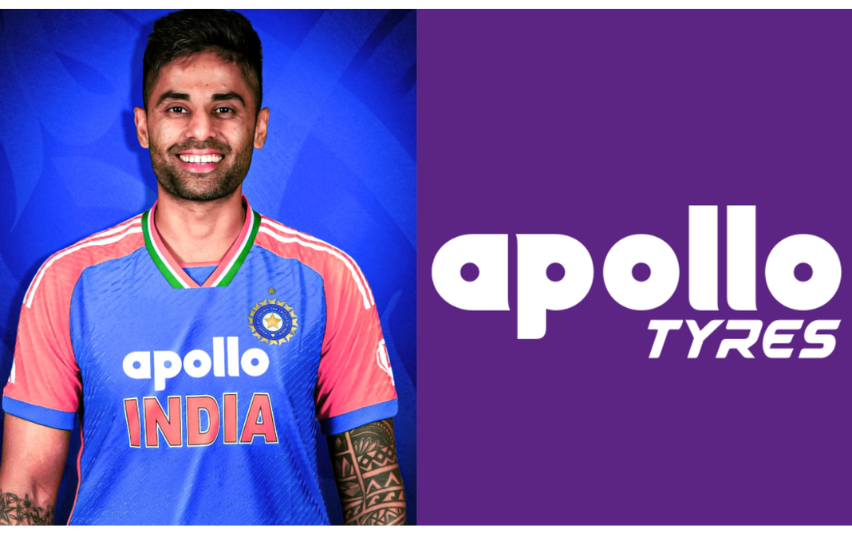In a landmark move, the Maharashtra state government, under Chief Minister Devendra Fadnavis, has approved the AVGC-XR Policy 2025 — Animation, Visual Effects, Gaming, Comics, and Extended Reality — with an ambitious financial outlay of ₹3,268 crore, aimed at transforming Maharashtra into a global creative and immersive technology hub.
This policy is not just a development plan; it’s a roadmap to 2050. Over the next 25 years, the state aims to attract investments of ₹50,000 crore, generate two lakh (200,000) high-technology jobs, and bolster its position as the leader in India’s booming media and entertainment ecosystem.
Here’s what the policy entails, why it’s significant, how it will impact various stakeholders, and what to watch out for.
Key Features of the AVGC-XR Policy 2025
- Financial Outlay & Timeframe
The policy has a total planned cost of ₹3,268 crore for implementation, with a phased approach: about ₹308 crore allocated for the first five years (2025-30), and the remaining ₹2,960 crore between 2031 and 2050. An extra ₹100 crore has been earmarked for the current financial year for implementation efforts. - Industry & Infrastructure Status
AVGC-XR is granted both industry and infrastructure sector status. This grants a range of benefits: relaxed regulations, easier approvals, access to incentives formerly reserved for infrastructure/industry sectors. - Development of AVGC-XR Parks and Hubs
Dedicated hubs/parks will be developed in several cities, including Film City (Mumbai), Navi Mumbai, Pune, Nashik, Chhatrapati Sambhajinagar, Kolhapur, Satara, and Nagpur. These facilities will include state-of-the-art infrastructure: motion capture studios, post-production labs, rendering farms, sound recording units, virtual production studios, AI-animation and real-time rendering labs, immersive / metaverse readiness etc. - Land & Zoning Flexibility
Companies/units under AVGC-XR can set up in any zone, including residential, “no-development zones” and green zones. Also, 60% of land in Integrated Industrial Areas (IIAs), IT Parks, and similar facility zones will be reserved for AVGC-XR activities; the remaining 40% for ancillary uses like residential, institutional, recreational. - 24×7 Operation & Essential Service Status
The policy allows AVGC-XR enterprises to operate round the clock (24×7, 365 days), subject to safety norms. The sector is declared an essential service, which gives weight for continuous functioning, possibly smoother regulatory oversight, less downtime. - Incentives & Facilities
- Relaxation in stamp duty and power tariffs
- A critical infrastructure fund to support utilities such as power, water, roads, sewage, etc., and last-mile connectivity for the AVGC-XR parks.
- Incentives similar to those in IT & IT-eS policy 2023 are extended to AVGC-XR parks. Additional FSI (Floor Space Index) benefits.
- Skill Development & Institution Building
To support talent requirements, a Maharashtra AVGC-XR Skill Advisory Committee will be formed, comprising industry experts, academia, trade association representatives. Also, the Indian Institute of Creative Technology (IICT) is designated as a lead institution. Curriculum integration, possibly inclusion within school/university education, to build a sustained workforce. - Support for Startups & Local Entrepreneurs
Policy includes funds for startup support, local entrepreneur backing: e.g. a ₹300 crore startup support fund, a WAVES Participation Fund (₹200 crore) to promote participation and visibility in global or large events. - Project Facilitation & Single Window Clearance
Streamlining approvals through existing portals: the MAHITI portal, MAITRI portal will be used as single-window facilitation for AVGC-XR policy implementation. This helps reduce delays, bureaucratic bottlenecks.
Why It Matters
- Huge Growth Potential in AVGC-XR
The AVGC-XR segment globally is growing fast. India’s media & entertainment market is expected to expand from current levels (approx US$27 billion) to over US$100 billion by 2030. Maharashtra wants to capture a large share of this growth. - Boost to Employment
Two lakh (200,000) high-tech jobs are expected to be created within Maharashtra over 25 years, particularly in animation, gaming, metaverse applications, XR technologies etc. - Attracting Investment
With a policy backing, incentives, infrastructure, Maharashtra aims to attract ₹50,000 crore in investments. This is expected to be from both domestic and international players. - Regional Development & Decentralization
Not only metro cities like Mumbai and Pune, but also tier-2 and tier-3 cities (Nagpur, Kolhapur, Satara, Nashik, Chhatrapati Sambhajinagar) will get AVGC-XR infrastructure, helping decentralization of opportunities. - Cross-Sector Impact
AVGC-XR has applications beyond entertainment: in healthcare (medical VR/AR), education (immersive learning), defence (simulations), real-estate (virtual tours), agriculture (drones/VR), marketing, etc. The policy leverages this cross-sector potential.
Potential Challenges & Considerations
- Implementation Efficiency: As always, the success will depend on how well the state government, local authorities, and private sector coordinate, especially in land allocation, infrastructural readiness, and single window clearance.
- Skill Gap & Quality of Talent: Even though there are many studios and institutions already, ensuring that the workforce is trained with up-to-date skills (AI, VR/AR, real-time rendering, metaverse dev etc.) will be essential.
- Infrastructure Bottlenecks: Power supply, internet connectivity, high-speed networks, rendering farms, could be expensive. Ensuring reliable infrastructure in non-metro/tier-2 and tier-3 cities may be tough.
- Regulatory & Zoning Issues: Allowing 24×7 operations, operations in zones including residential or green zones, may face resistance from local bodies, environmental concerns. Balancing expansion with sustainability will be important.
- Market Competition & Global Comparison: Other Indian states already have AVGC-XR policies (Karnataka, Telangana, etc.). Maharashtra needs to ensure its incentives and ecosystem are competitive to attract global firms as well.
- Return on Investment & Monitoring: There needs to be strong monitoring to ensure the policy outcomes (jobs, investment, export potential) are on track.
What It Means for Various Stakeholders
- Startups & Entrepreneurs: Big opportunity — funds, infrastructure, policy clarity can help growth and scaling.
- Studios & AVGC Companies: Expect better support, lower costs via incentives, more infrastructure (parks, labs), ease in operations and potentially larger projects.
- Educational Institutions & Students: With state backing, better curriculum, possibly more courses, scope for deeper training, internships in new hubs.
Educational Institutions & Students: With state backing, better curriculum, possibly more courses, scope for deeper training, internships in new hubs. - Investors & Private Firms: Mixture of opportunity and risk: policy backing brings clarity, but execution risk remains; early movers may benefit more.
- Government / Policy Makers: Need to ensure transparency, ease of doing business, clarity in implementation, periodic reviews, so policy doesn’t remain on paper.
How This Fits with National & Global Trends
- India’s AVGC-XR sector is seen as one of the fastest growing parts of the media & entertainment industry. Many states already have similar policies (e.g. Karnataka, Telangana). Maharashtra’s policy adds more weight to this trend.
- Globally, immersive technologies (XR, AR/VR), animation, VFX are growing: gaming, virtual production, metaverse concepts are being adopted by film, advertising, education etc. Maharashtra wants to compete in that space.
- Creative economies are being recognized as engines of economic growth — not just cultural value, but employment, exports, IP creation, startups etc.
Conclusion
Maharashtra’s AVGC-XR Policy 2025 is a bold, forward-looking initiative. With its ₹3,268 crore budget, long-term roadmap (till 2050), commitment to infrastructure, skill building, startup support, and flexible regulatory framework, the state is positioning itself to be a global creative hub. If implemented well, it could significantly raise India’s standing in animation, gaming, VFX, Comics, XR and related sectors, generate large employment, attract big investments, and spur innovation.
For stakeholders — from startups to students, private firms to government bodies — this policy offers both opportunity and responsibility: to build, to innovate, and to ensure that the infrastructure, skills and ecosystems are responsive, inclusive and sustainable.
FAQs
Q1: What is the AVGC-XR Policy 2025 in Maharashtra?
It’s a state government policy approved in September 2025 to support the sectors of Animation, Visual Effects, Gaming, Comics, and Extended Reality via infrastructure development, financial outlay, regulatory incentives and skill building.
Q2: How much money is being allocated for it, and over how long?
The total plan is ₹3,268 crore with a timeline up to the year 2050. The first phase (2025-30) has ₹308 crore, the remaining ₹2,960 crore is for the later period. An extra ₹100 crore is allocated in the immediate year for kickstarting implementations.
Q3: What are the expected benefits (jobs, investment)?
Expected are: investment of around ₹50,000 crore, about 200,000 high-technology jobs in Maharashtra. Broader indirect benefits may include more total jobs, startup growth, increased export/business for media & entertainment companies.
Q4: What cities will benefit from AVGC-XR Parks in Maharashtra?
Parks / hubs will be developed in places like Mumbai (Film City), Navi Mumbai, Pune, Nagpur, Nashik, Kolhapati Sambhajinagar, Kolhapur, Satara etc. Tier-2 / Tier-3 cities are also included.
Q5: Will there be incentives and easier regulations under this policy?
Yes. Key incentives include relaxed stamp duty, reduced power tariffs, flexibility in zone usage (including residential / no-development zones), essential service status to allow 24×7 operations, additional FSI benefits, single-window clearances via MAHITI / MAITRI portals.
Q6: How will skill development be handled?
A Maharashtra AVGC-XR Skill Advisory Committee will be formed, involving academia, industry experts, trade bodies. The Indian Institute of Creative Technology (IICT) will act as a lead institution. The policy also aims to integrate skill components into educational curriculum.
Q7: What are the risks or challenges to watch out for?
Some challenges include infrastructure readiness (power, connectivity, land), implementation delays, regulatory bottlenecks especially in zoning and environment, ensuring quality of talent, competitiveness with other states, cost overruns, etc.
Q8: How does this policy compare with what’s happening in other Indian states?
Other states like Karnataka, Telangana, Rajasthan, Kerala, MP already have AVGC-XR / similar creative tech policies. Maharashtra already leads in number of studios (about 30% of startups/studios in India), but this new policy aims to consolidate that leadership and offer more infrastructure, incentive, and regulation clarity.













